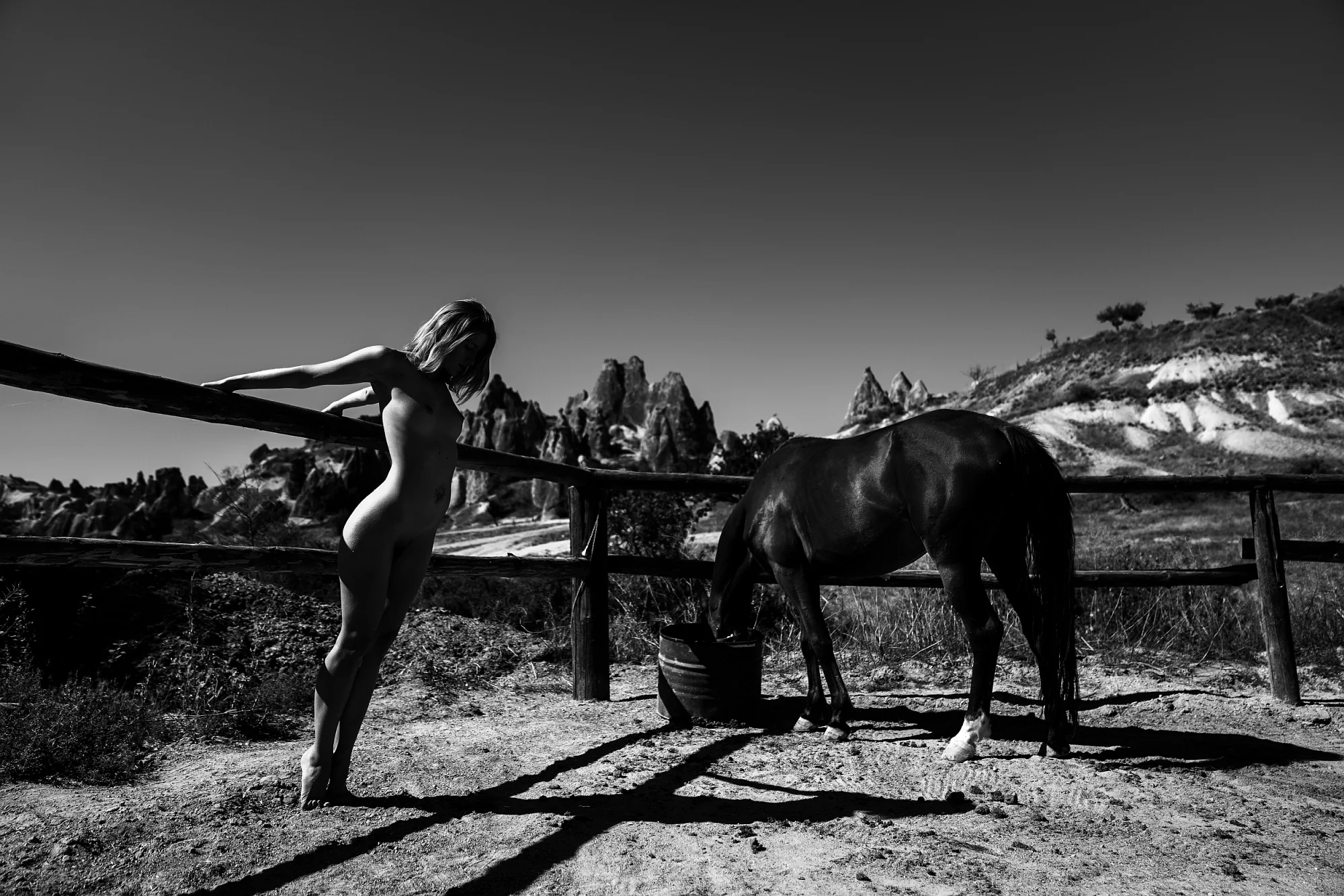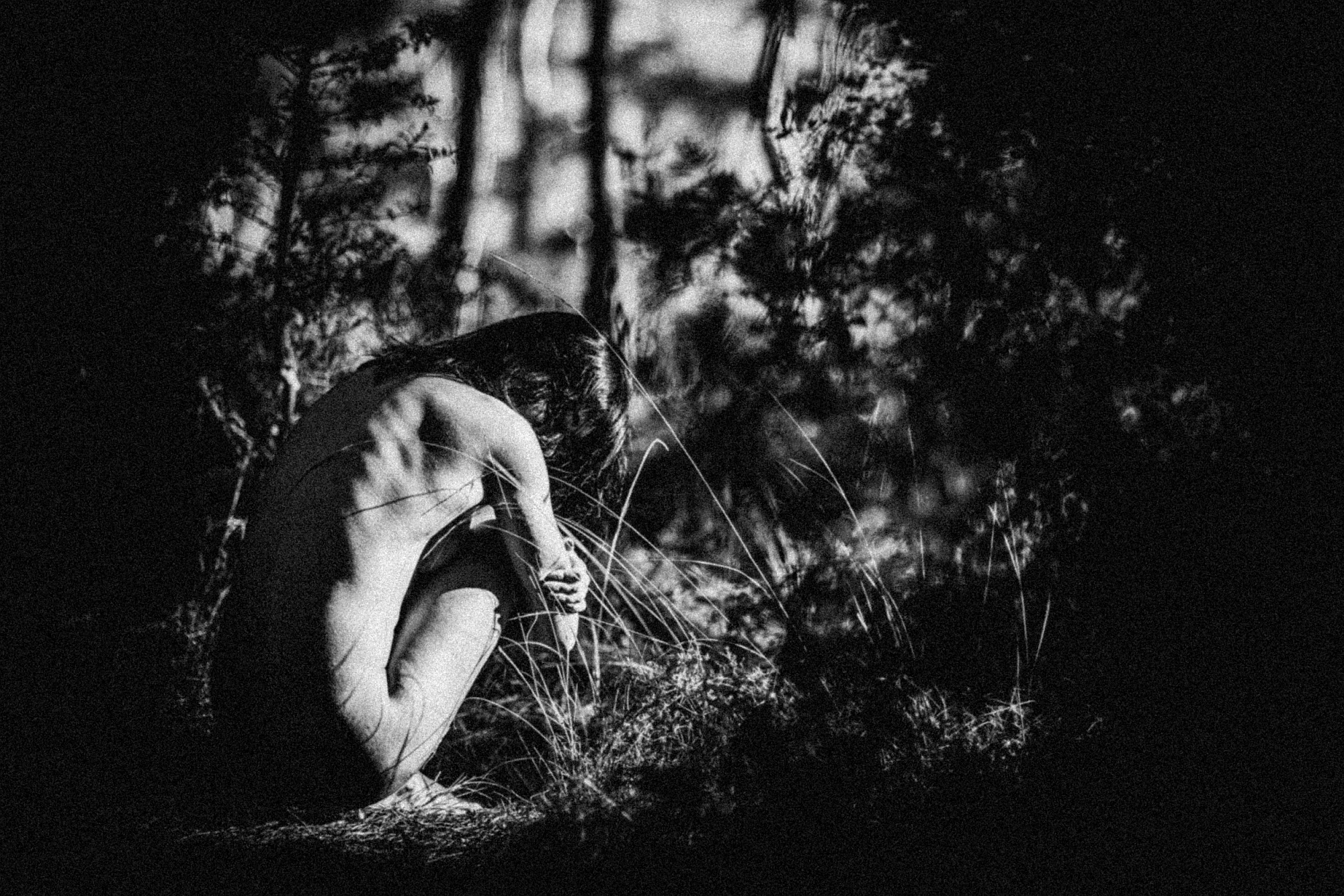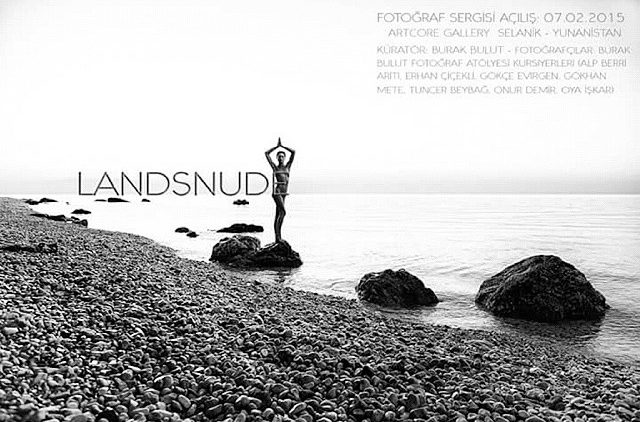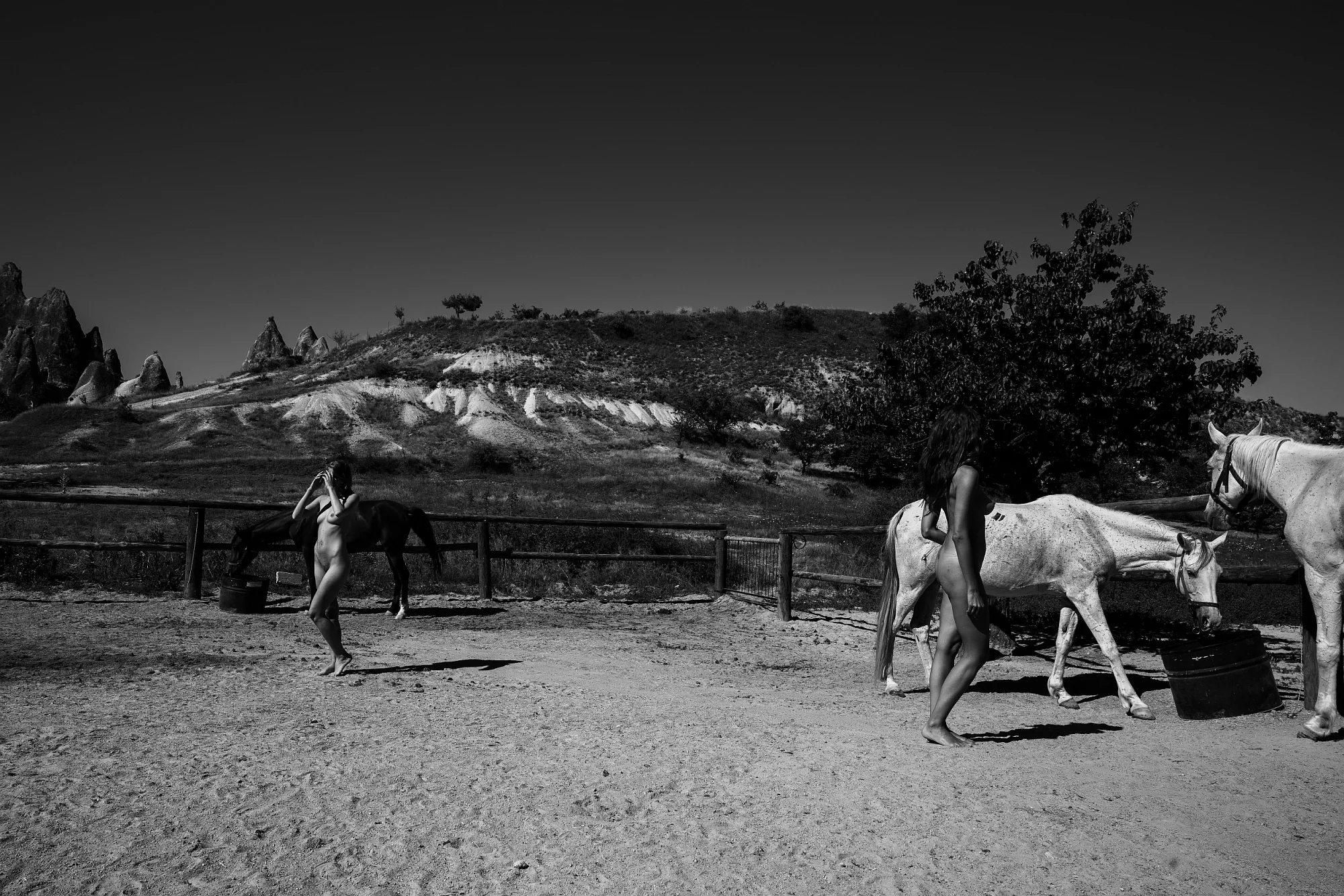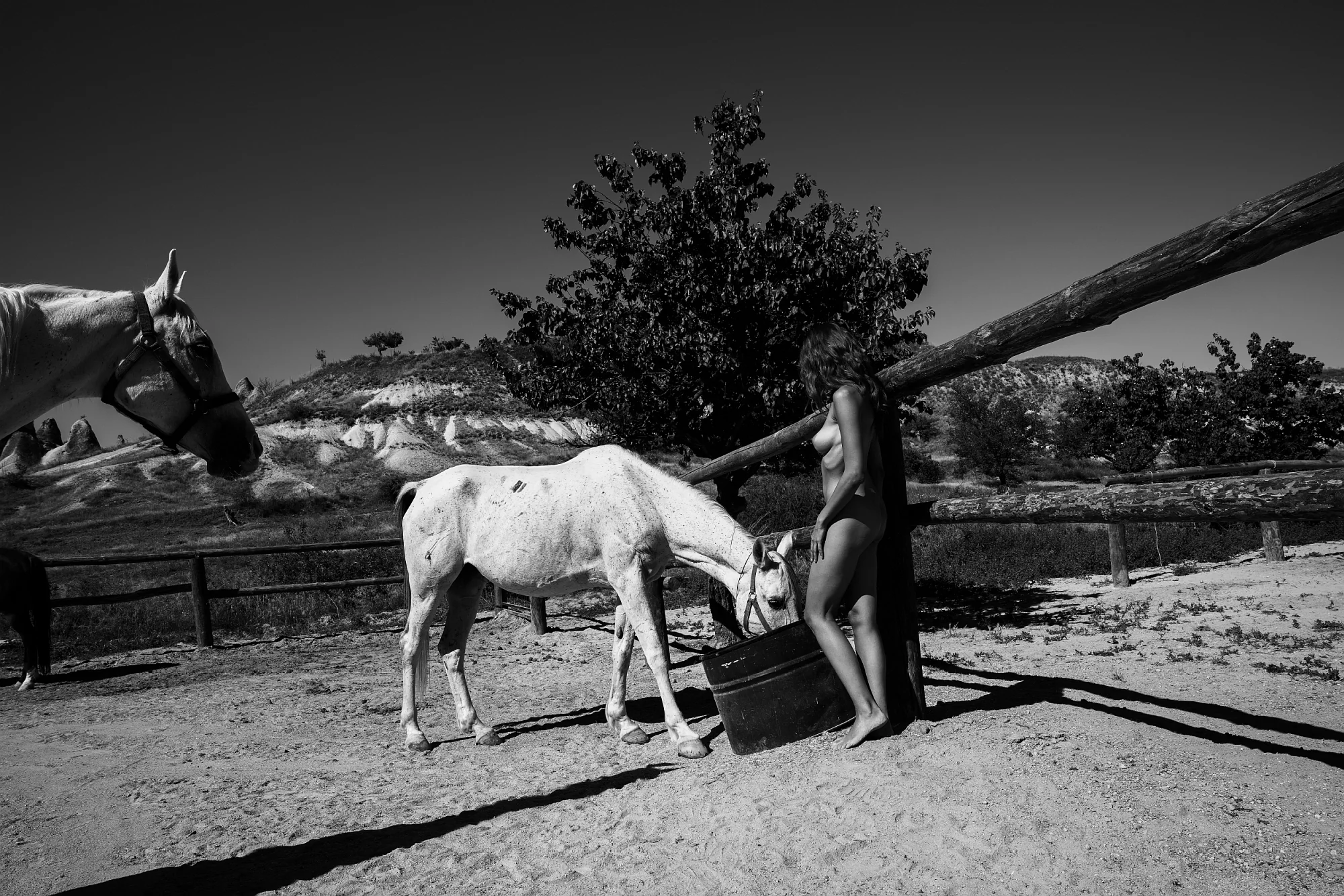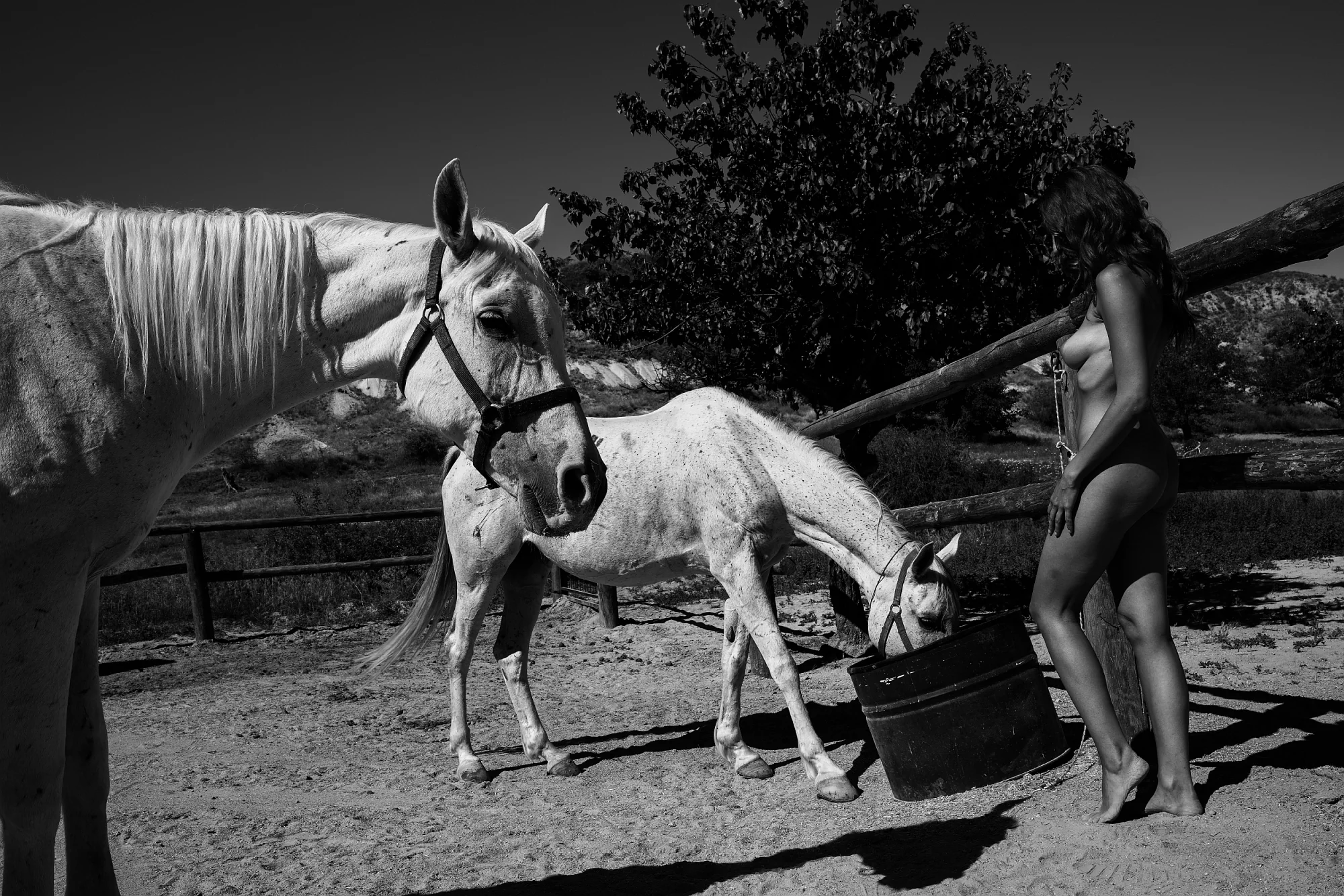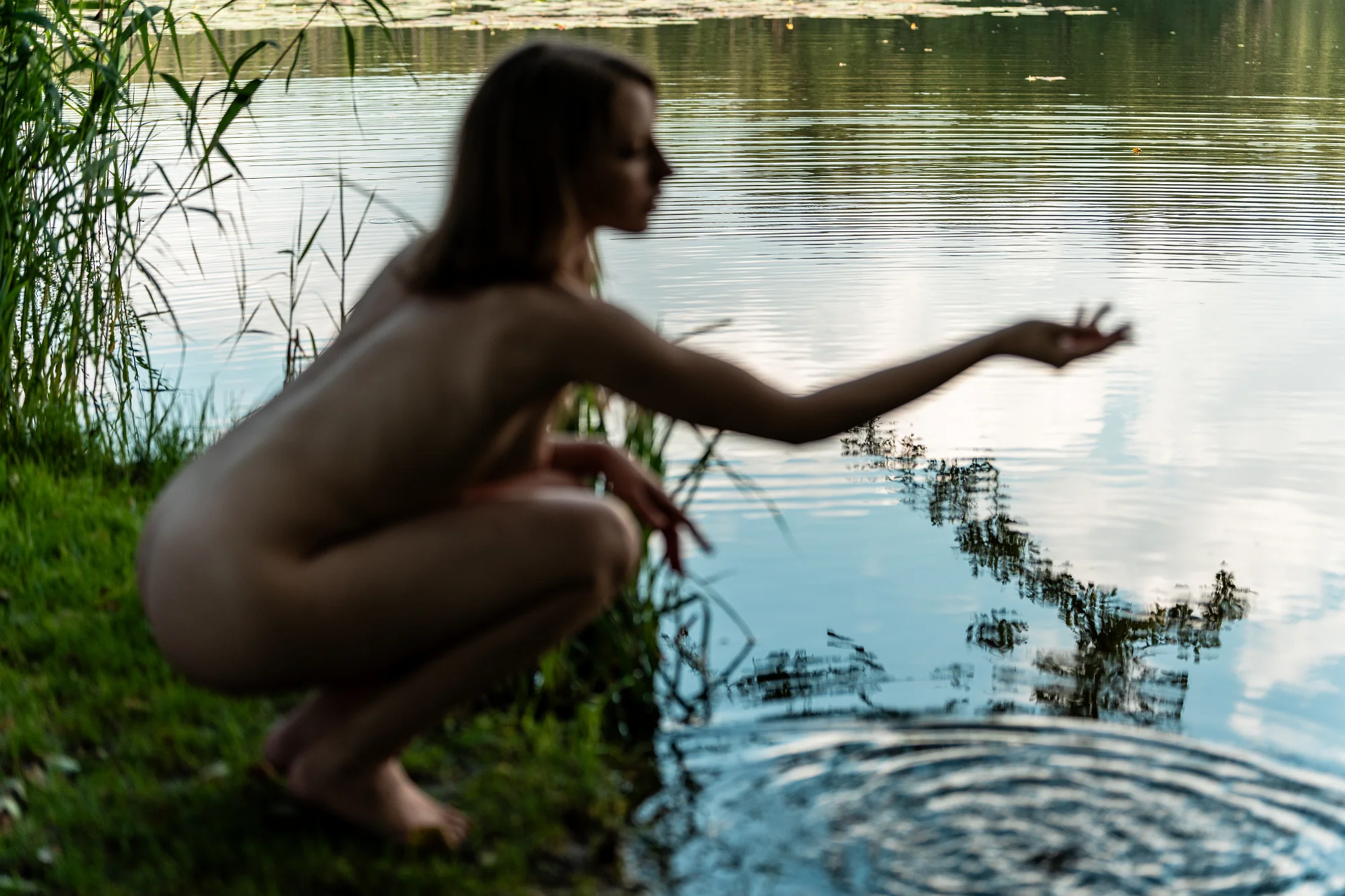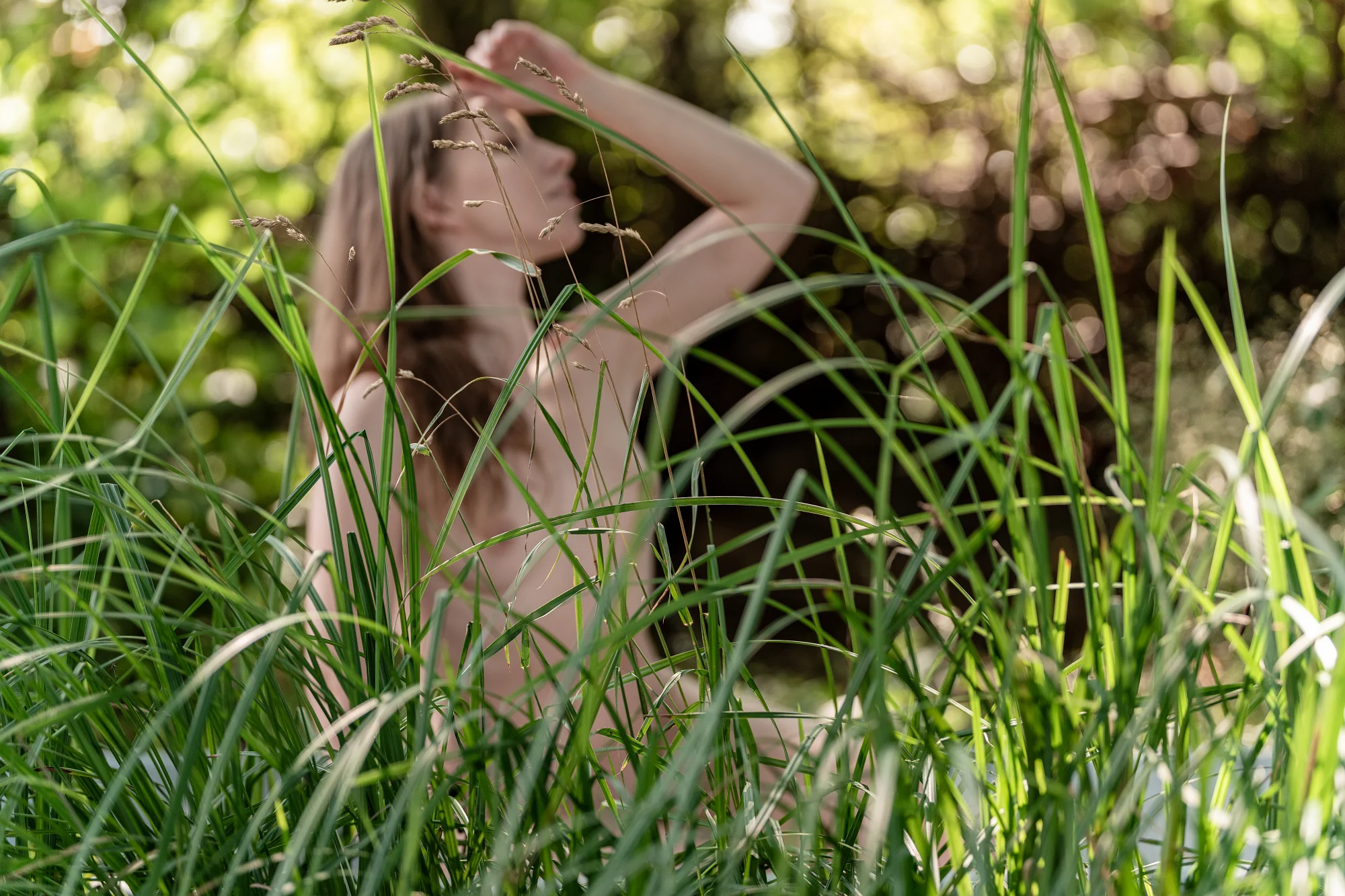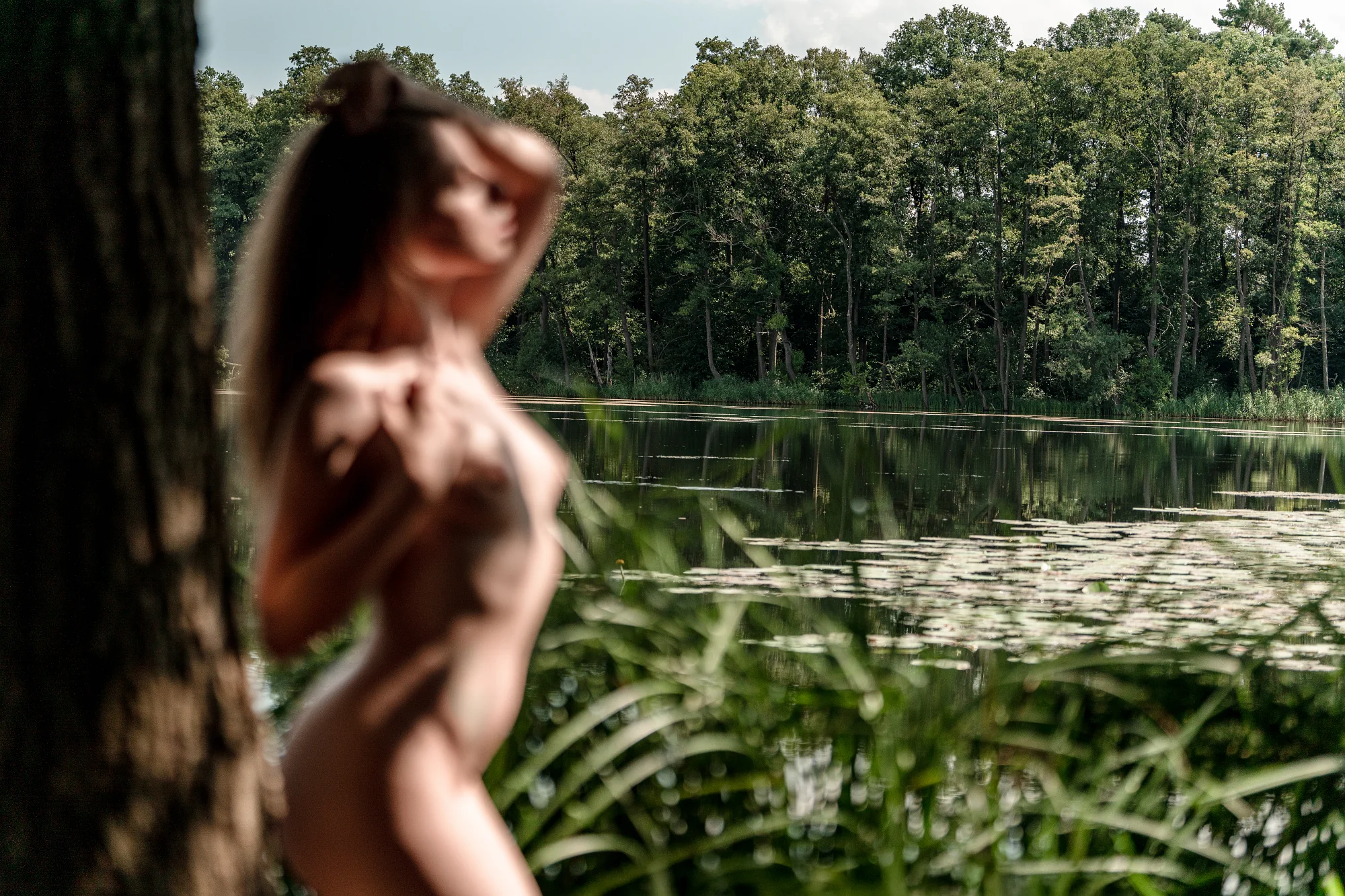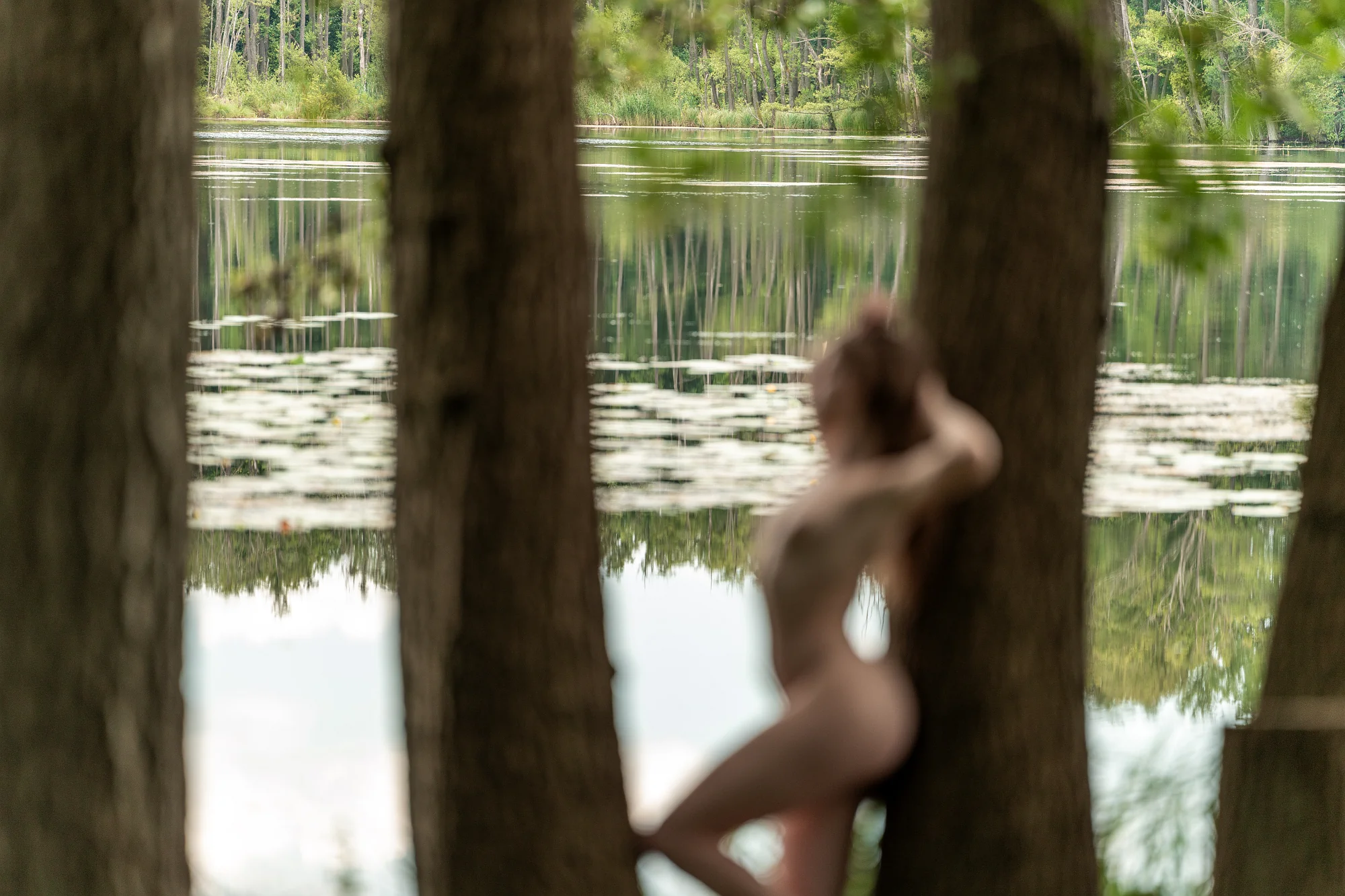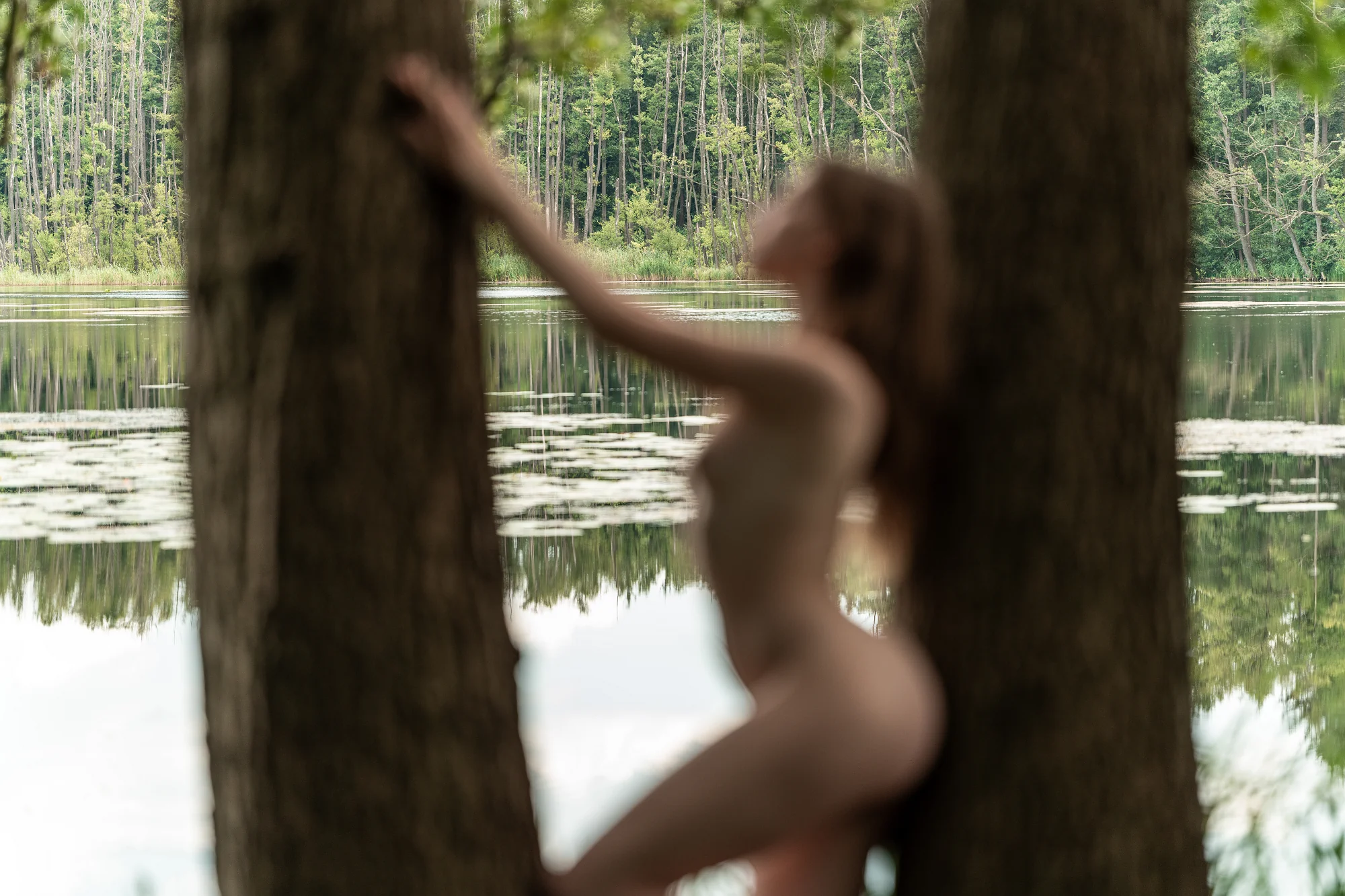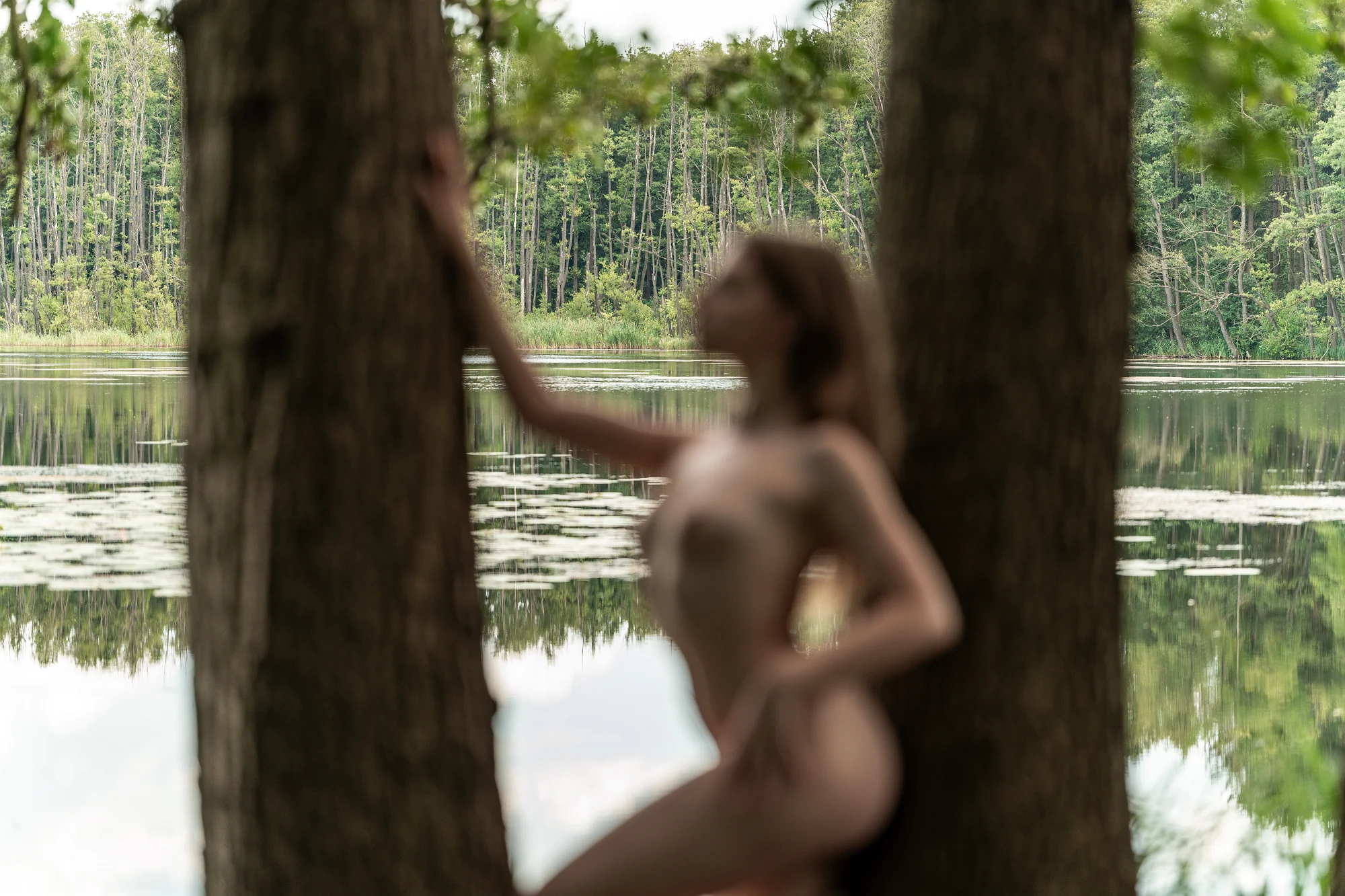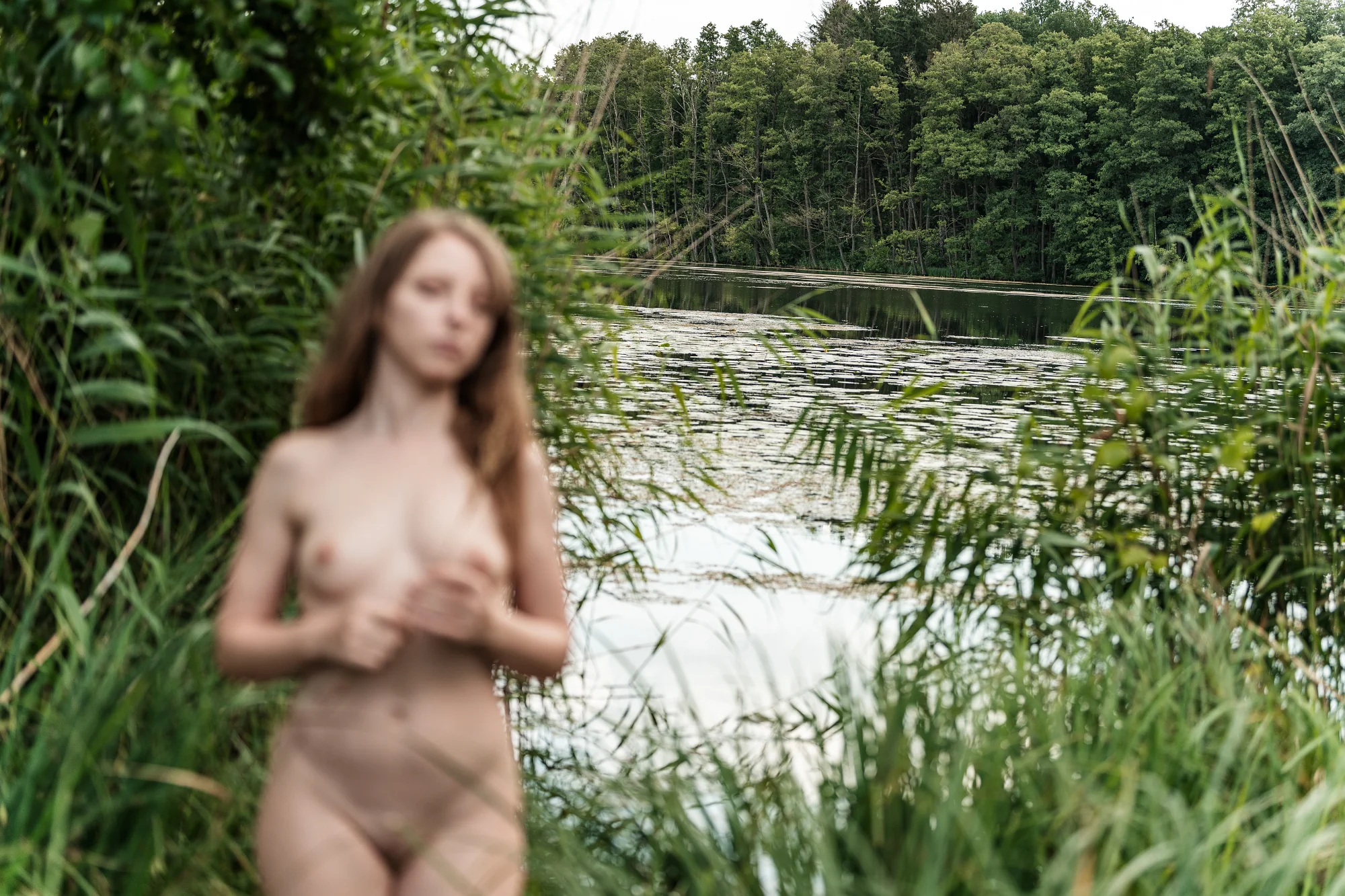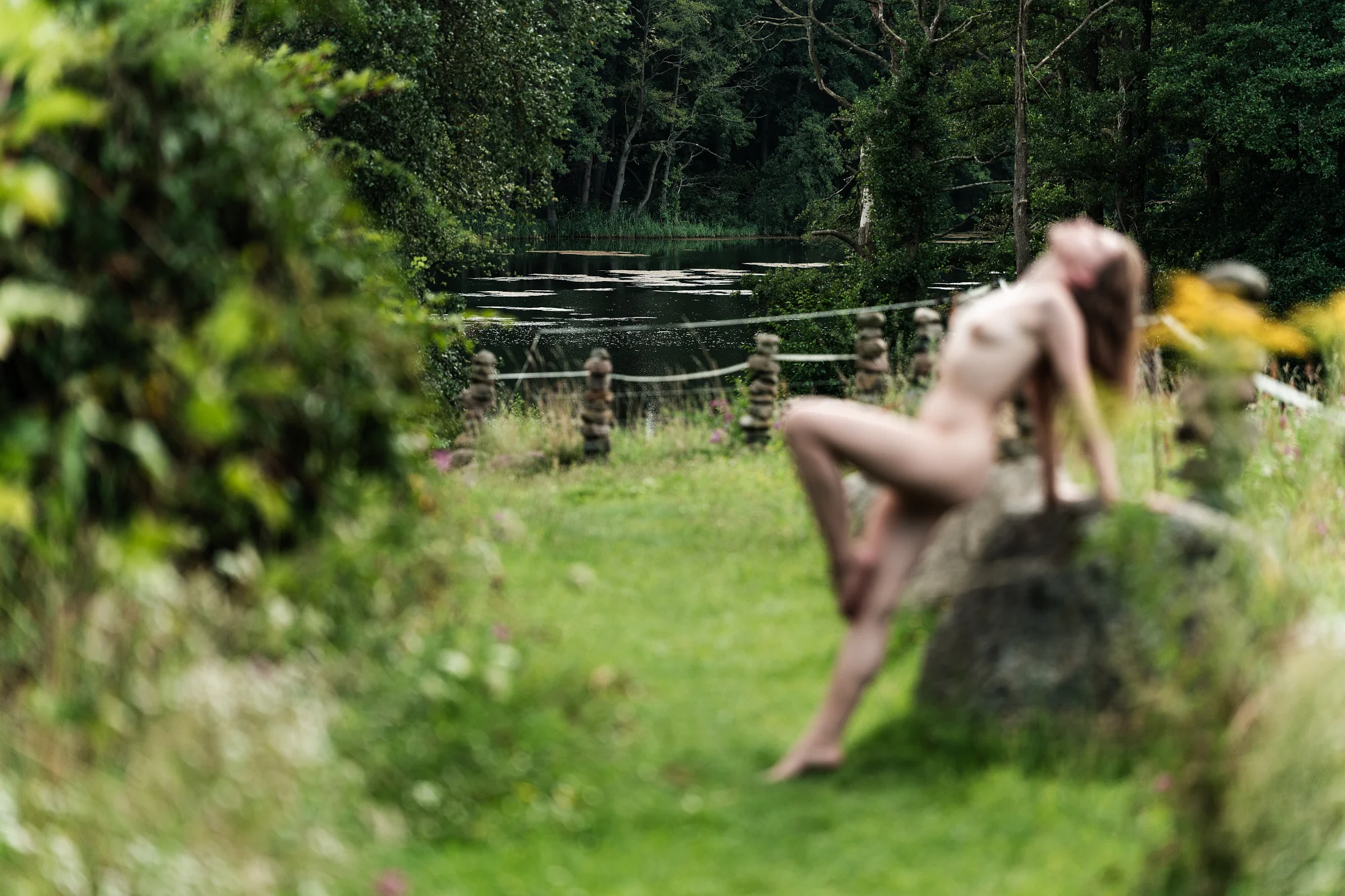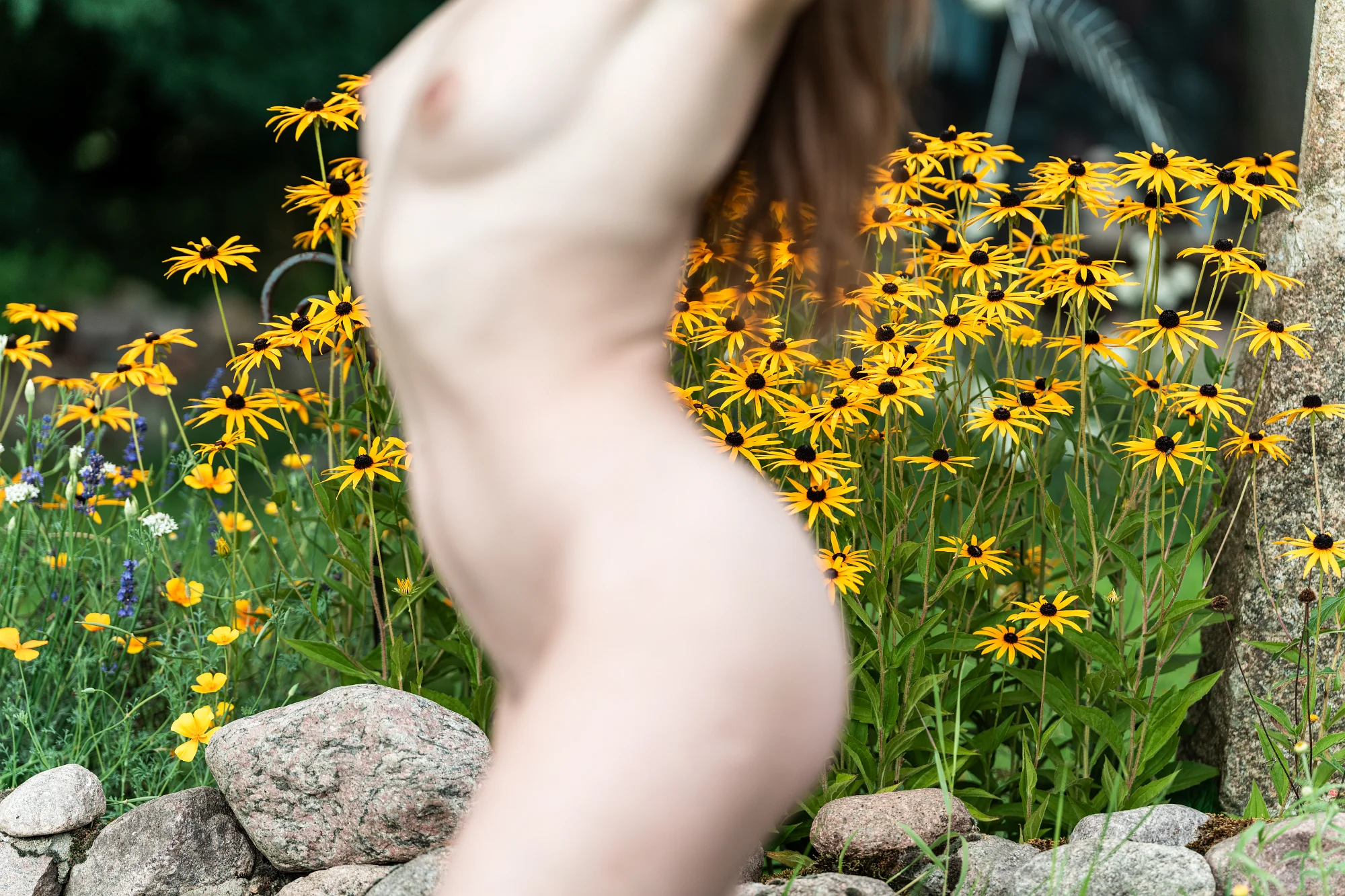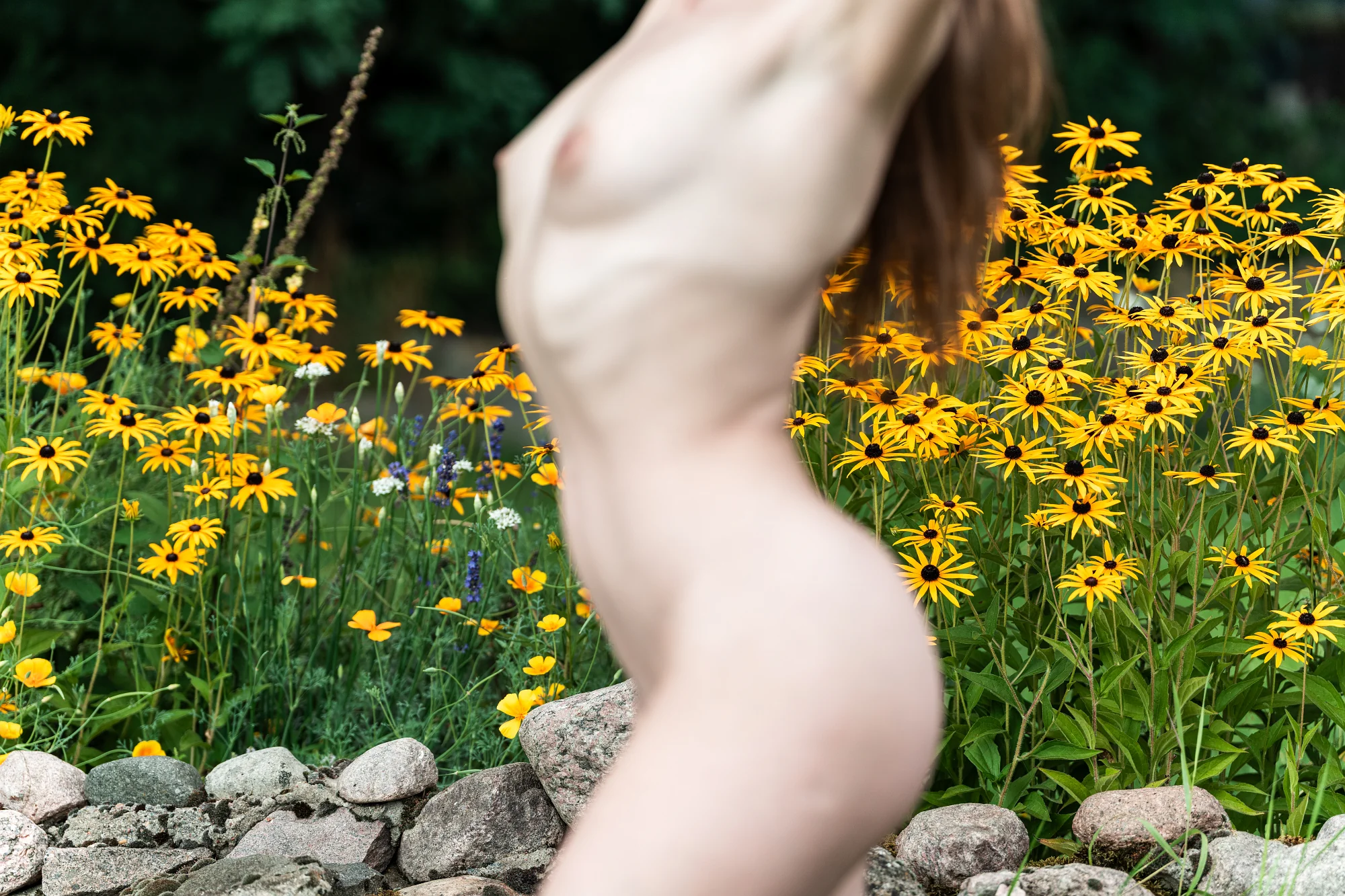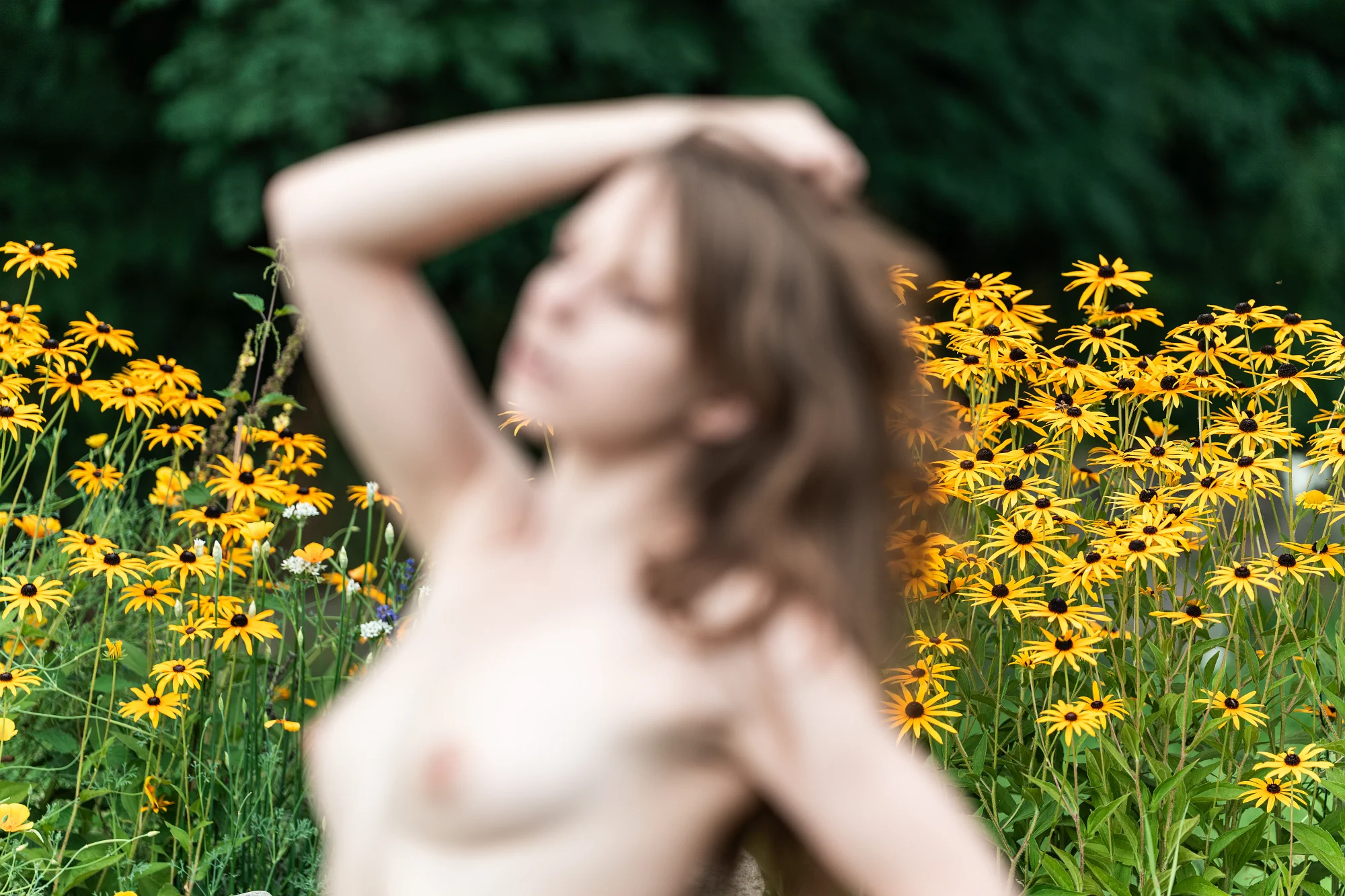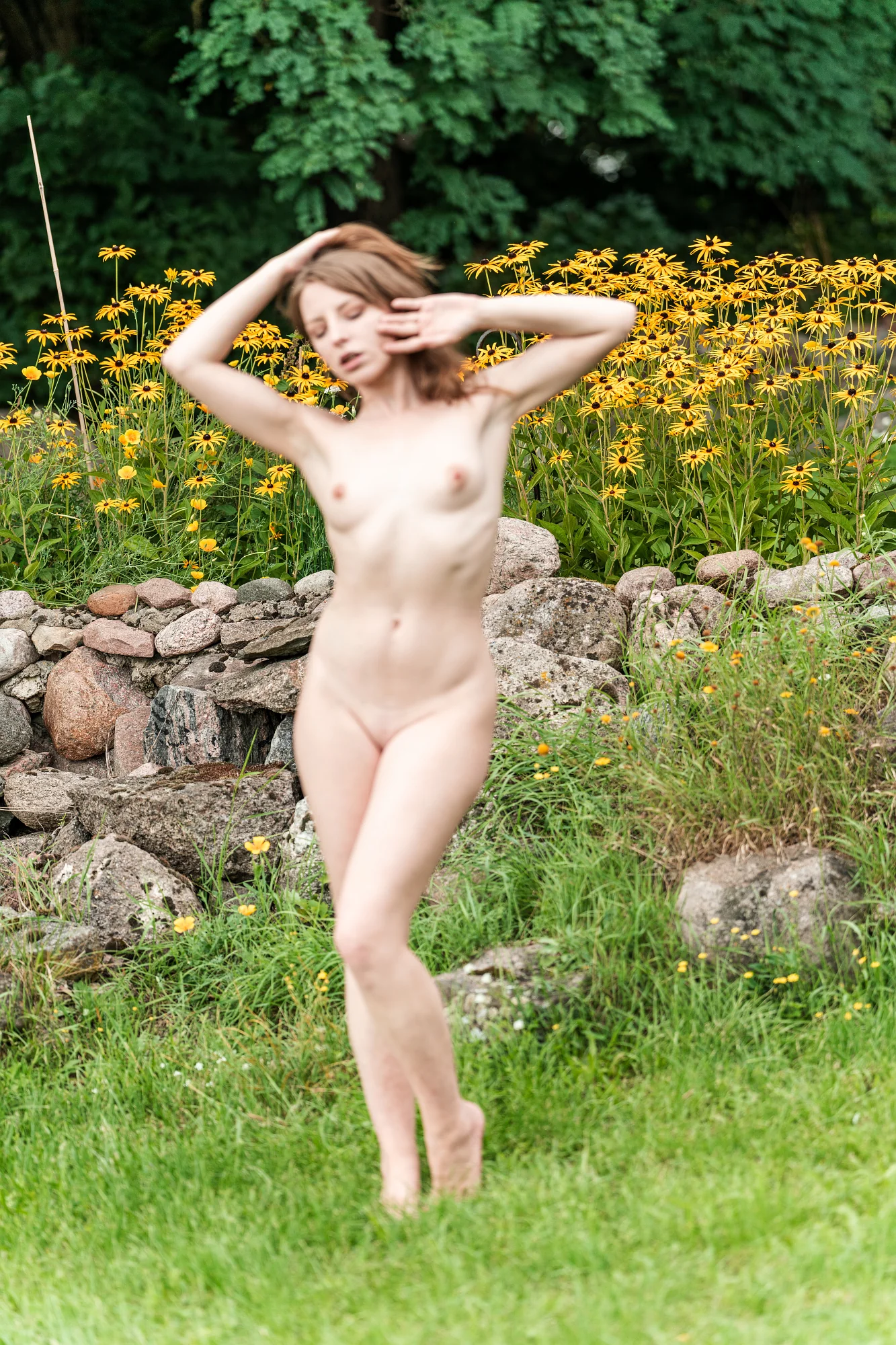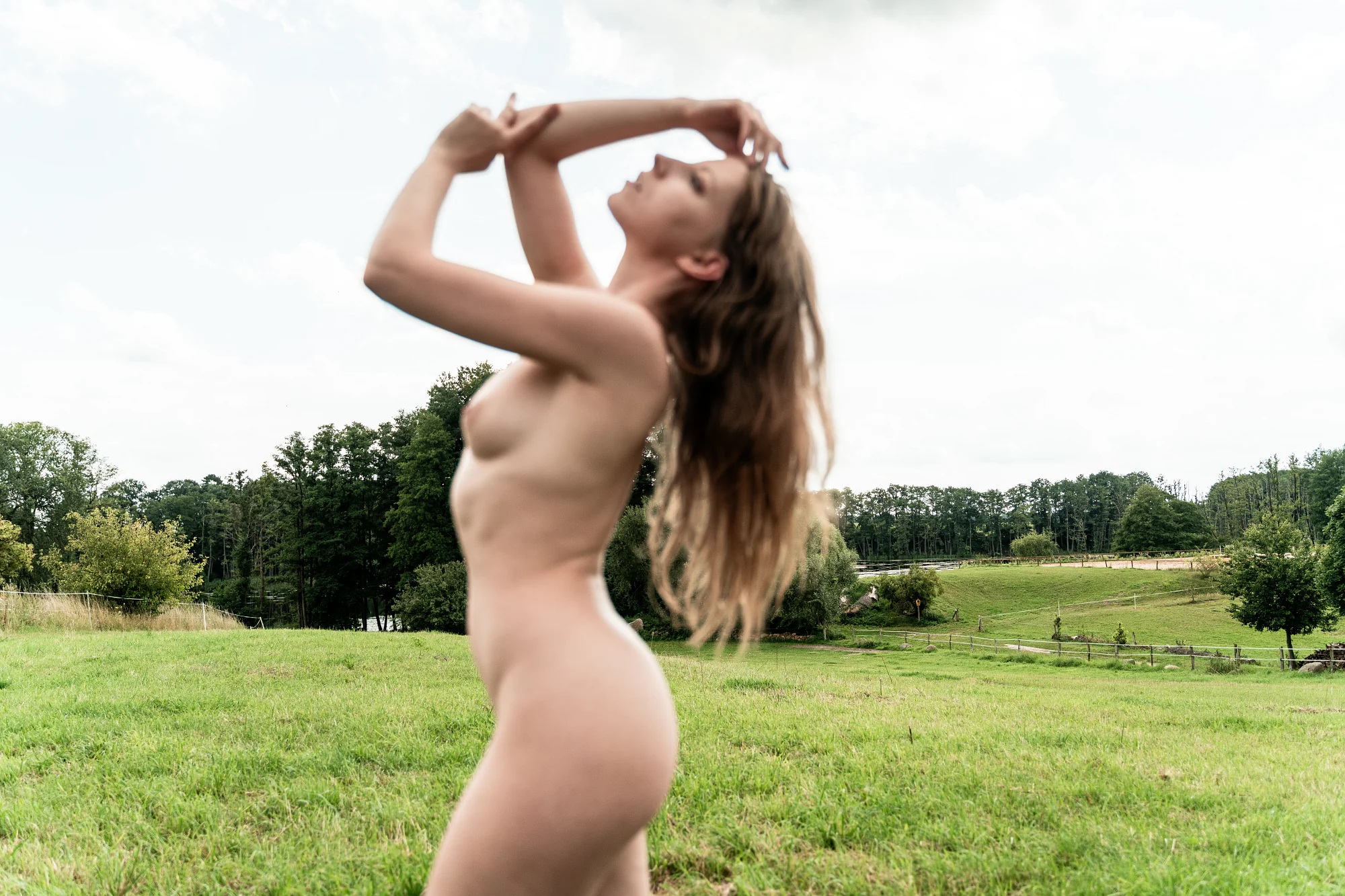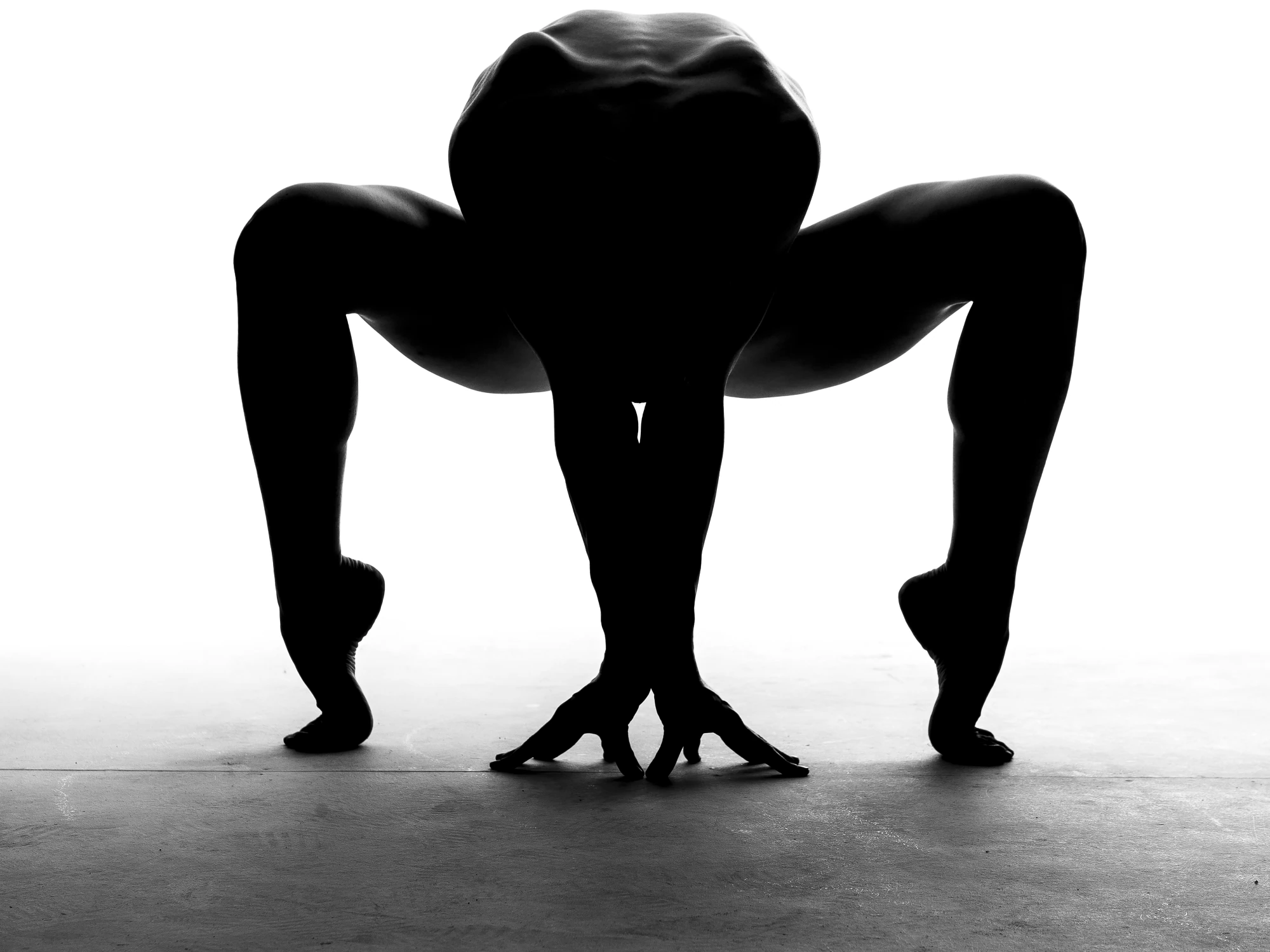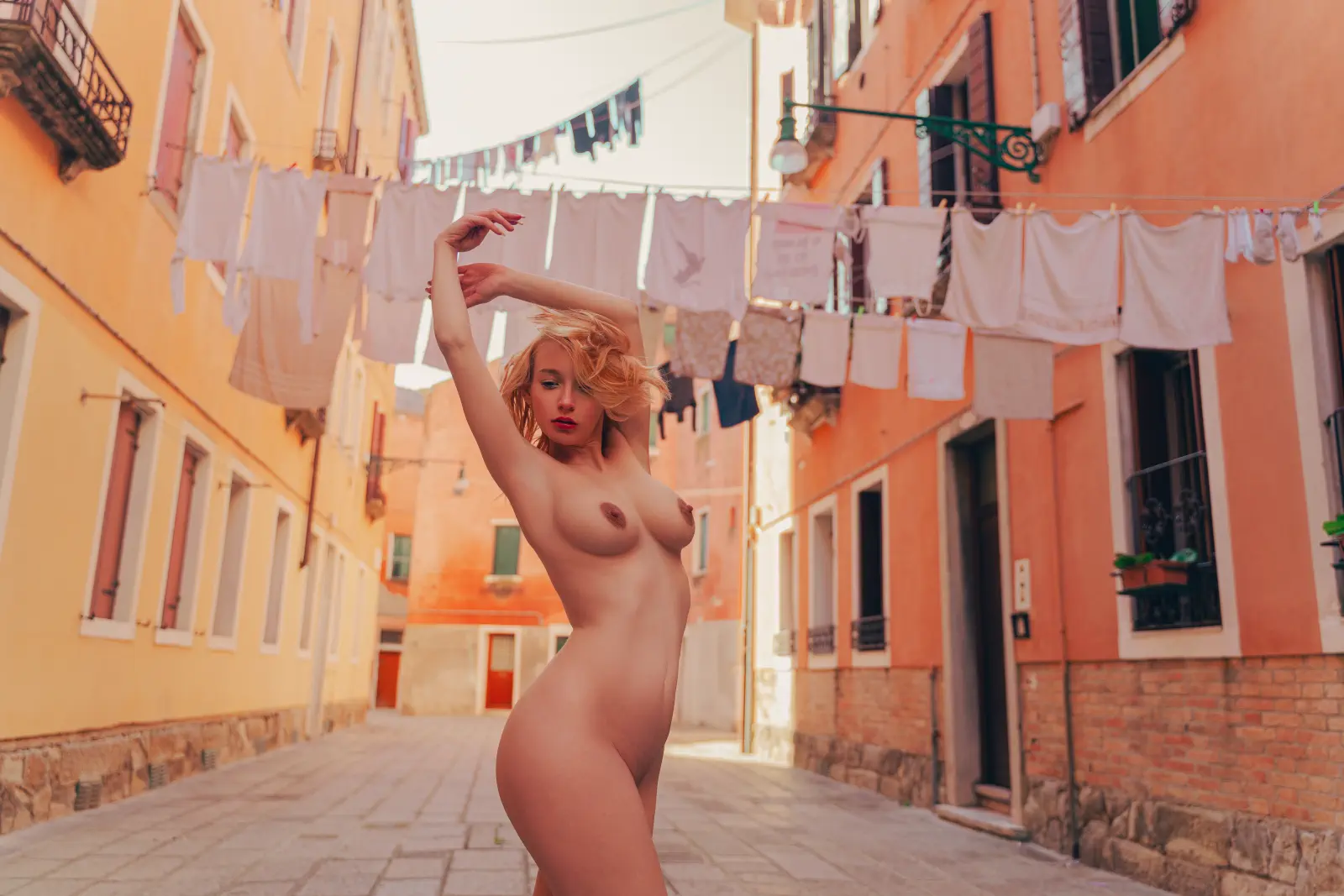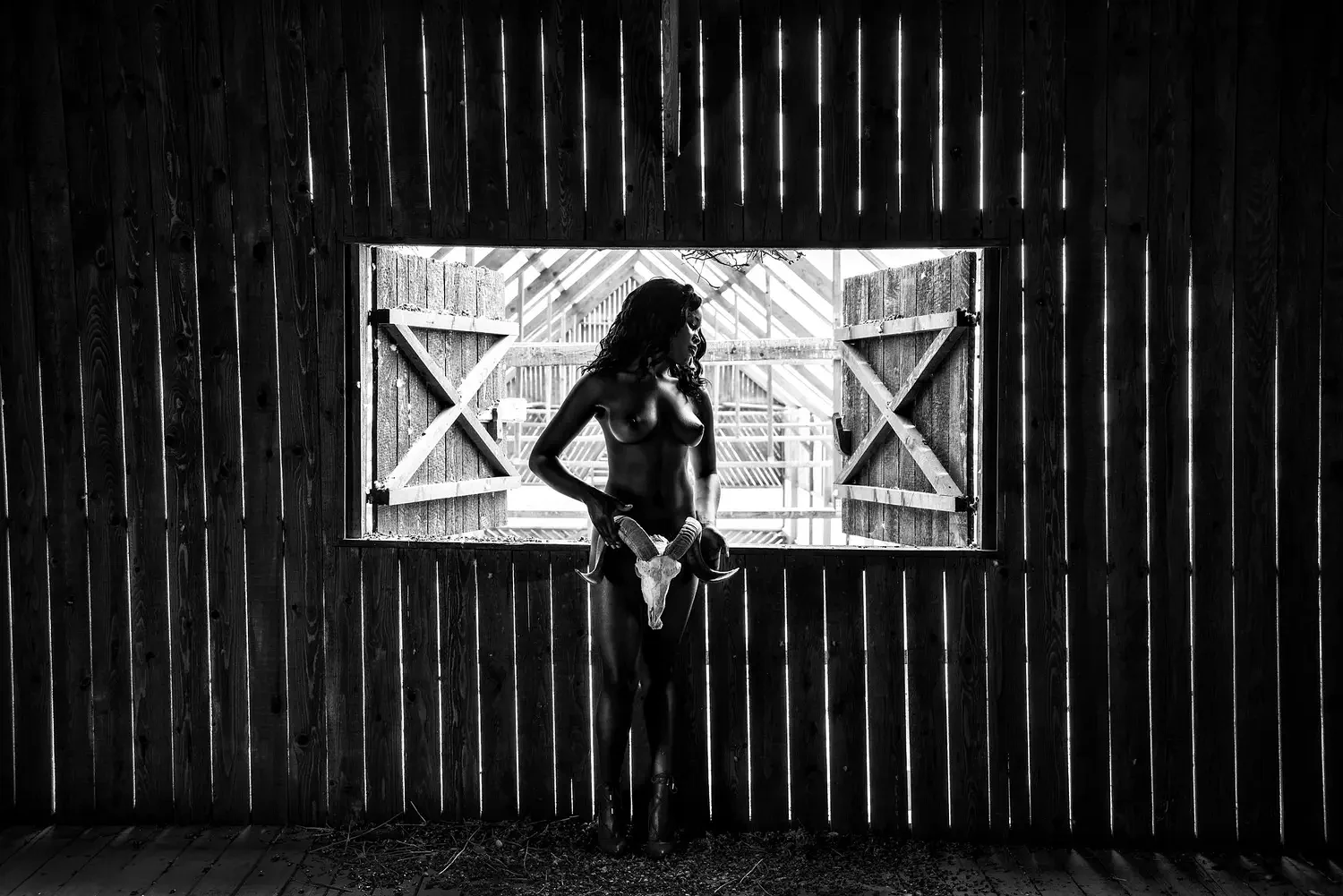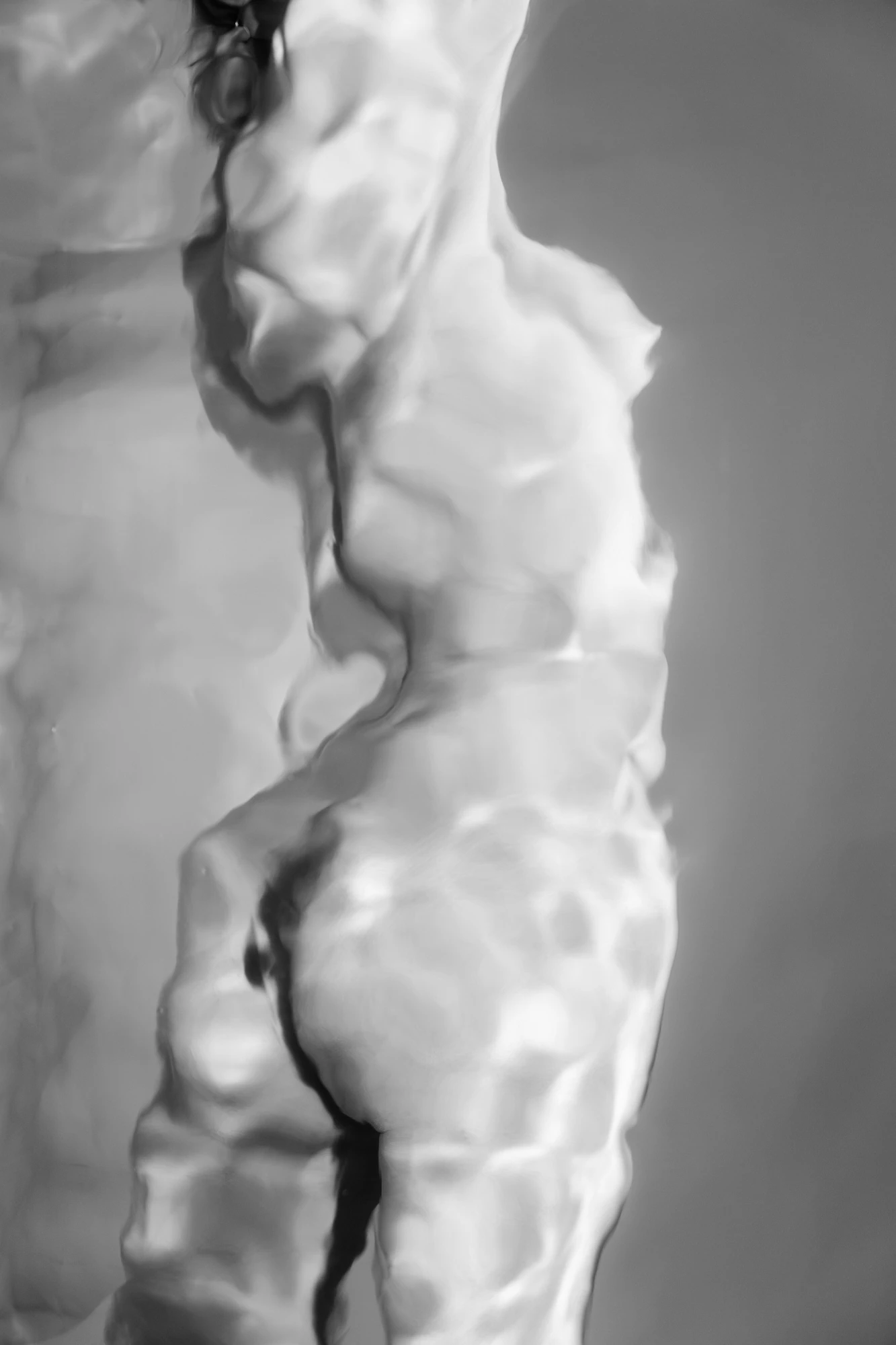In the Ecotone series; the body becomes part of a living landscape—blurring the lines between skin, soil, and sunlight. Rather than staging nature, the image invites a tactile coexistence with it.
Ecotone
The Body as Borderland
In the Ecotone series, the body merges with the living landscape, connecting skin, soil, and sunlight. The images do not stage nature; they invite a direct, physical coexistence with it.
Burak Bulut Yıldırım’s work presents the nude body as a threshold between nature and culture—a form that is never fixed, but always in a state of becoming.
Photographed over 15 years in various climates, these images avoid pastoral nostalgia. Here, the body is a companion to the elements—light, soil, water, and wind. It is a feeling surface, not a symbol. Nudity in these works is not about representation. It is a physical encounter with gravity, humidity, and the life of plants.
The series brings to mind art historical references, from Courbet’s The Origin of the World and Weston’s sculptural torsos to ancient Aphrodites and modern ecofeminist works, yet it is not defined by them. Yıldırım’s compositions de-center the human form. Attention shifts to the bend of a tree, the texture of a stone, or the moisture in the air. The landscape is not a backdrop but a partner. Skin and weather work together.
In some photographs, sharp focus gives way to blur, inviting the viewer to feel the moment rather than read a story.
The project was shown in two exhibitions: Landsnude (Greece, 2015), a collaboration with five of Yıldırım’s students, and Only You Are Close, When Everything Is Far Away, created during the pandemic to express a longing for nature.
Ecotone does not idealize the nude. It celebrates the real body—sweating, soaked by rain, and smeared with soil—and shows the skin and the ecosystem moving together. The work does not try to show nature, but to breathe with it. The body becomes a place of passage, a living map of where it belongs.

